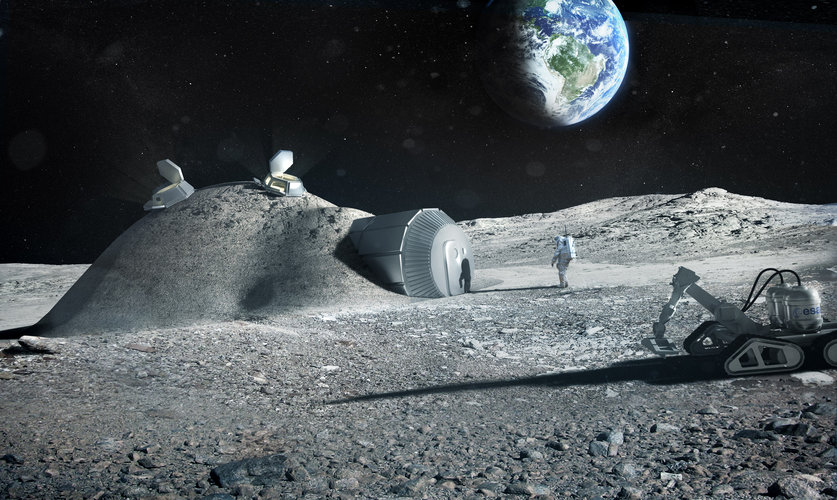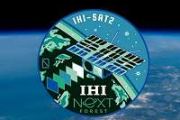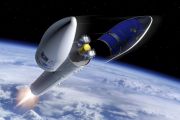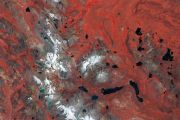
Copernical Team
A Southern California school plants a 'Moon Tree' grown with seeds flown in space
This request seems a bit unusual, so we just need to confirm you're human. Please complete the slider CAPTCHA by dragging it to the right. Thank you for your understanding!
If you believe this is an error, please contact our support team.
185.132.36.159 : 1c599e5e-1e53-4b83-b24f-9ab791f6
China unveils its plans to turn its feats in space exploration into scientific advances
This request seems a bit unusual, so we just need to confirm you're human. Please complete the slider CAPTCHA by dragging it to the right. Thank you for your understanding!
If you believe this is an error, please contact our support team.
185.132.36.159 : 5ef222fb-1de7-425f-a034-3965ceff
Penetrating the ice sheet of an ocean moon: Four questions about the Clipper Mission to Europa
This request seems a bit unusual, so we just need to confirm you're human. Please complete the slider CAPTCHA by dragging it to the right. Thank you for your understanding!
If you believe this is an error, please contact our support team.
185.132.36.159 : 19ab9b53-246a-4161-b688-af2d09dd
Lab tests heat shields for space
This request seems a bit unusual, so we just need to confirm you're human. Please complete the slider CAPTCHA by dragging it to the right. Thank you for your understanding!
If you believe this is an error, please contact our support team.
185.132.36.159 : 3e39ddf1-598c-4df3-81ea-aa1b31a3
Missed out on the northern lights? Scientists expect more solar storms to produce auroras
This request seems a bit unusual, so we just need to confirm you're human. Please complete the slider CAPTCHA by dragging it to the right. Thank you for your understanding!
If you believe this is an error, please contact our support team.
185.132.36.159 : be43ed3d-d8a1-45bc-85ba-d6bfdb6c
Zoom into the first page of ESA Euclid’s great cosmic atlas

On 15 October 2024, ESA’s Euclid space mission reveals the first piece of its great map of the Universe, showing millions of stars and galaxies.
Navigation tech for the future of mobility

Where would we be without our GNSS-enabled car navigation systems or navigation apps on our smartphone? Space technology, particularly global navigation satellite systems like the European Galileo, is the backbone of today's mobility and transport.
But are current technologies and systems enough to meet the evolving mobility needs of the future? The European Space Agency is closely monitoring emerging technology trends and staying ahead of the curve, designing and developing the future of Galileo and EGNOS, and conceiving new missions and programmes so that European space technology continues to serve the demands of an increasingly interconnected and mobile world.
Lunar Pathfinder for lunar connection
 Image:
Artist's impression of Lunar Pathfinder
Image:
Artist's impression of Lunar Pathfinder Using roaches to minimise waste in space

Waste management is a critical challenge for spaceflight. But what if the waste produced by astronauts could be sustainably transformed into something valuable in space? A Polish company thought about that and has come up an innovative solution: an insect bioreactor powered by Madagascar cockroaches.































